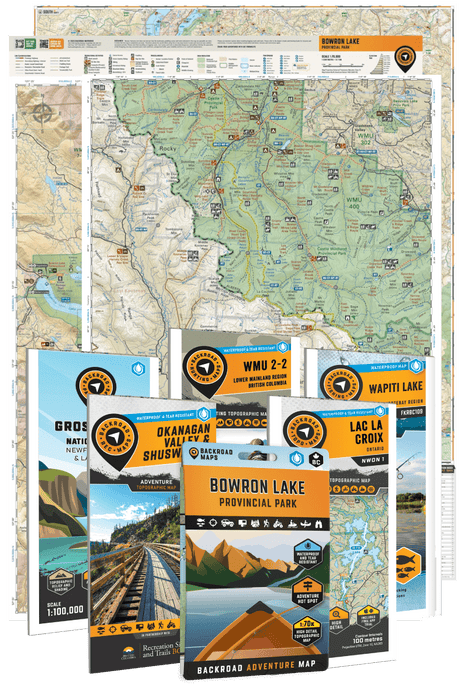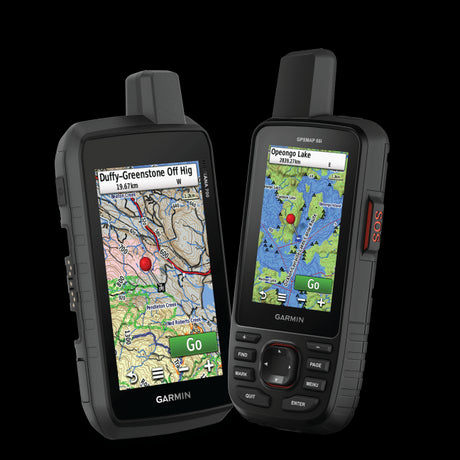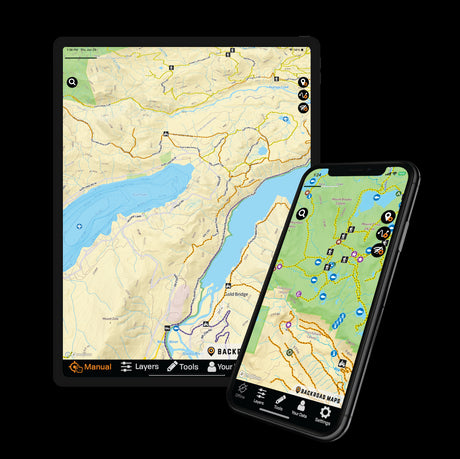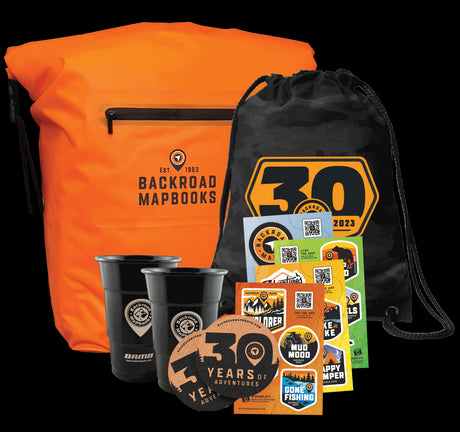"There are no two ways about it – snowmobiling is one of the most exciting ways to explore the winter landscape, whether you are cruising through
BC’s epic mountain ranges, exploring
Ontario’s gorgeous forests and lakes or discovering a new trail system in the
Maritimes.
No other form of snow travel allows you to cover so much terrain so easily – on a snowmobile, you can access areas others only dream of. It's also a great way to get together with friends, old and new, to enjoy some exercise and fresh air. Many parts of the country have thriving snowmobile communities, with clubs who organize social events where snowmobilers come together to share their love for the sport.
Of course, like a lot of fun activities, snowmobiling can be challenging and dangerous. This is not to say that you should not give it a try – just remember to keep your wits about you, be prepared and follow the proper safety procedures. To give you a quick overview of some things to keep in mind while out sledding, we have put together the following list:
 Wear well-insulated protective clothing including goggles, waterproof snowmobile suit and gloves, and rubber-bottomed boots.
Wear well-insulated protective clothing including goggles, waterproof snowmobile suit and gloves, and rubber-bottomed boots. |
 All drivers and passengers should wear helmets approved for snowmobiles (DOT or similar approved – not a bicycle helmet).
All drivers and passengers should wear helmets approved for snowmobiles (DOT or similar approved – not a bicycle helmet). |
 Snowmobiles should have brightly coloured antenna flags mounted on rods that are 1.2 to 2.4 metres (4 to 8 ft) long located on the back of the snowmobile. This is especially important if you’re driving in a hilly area so that others can see you.
Snowmobiles should have brightly coloured antenna flags mounted on rods that are 1.2 to 2.4 metres (4 to 8 ft) long located on the back of the snowmobile. This is especially important if you’re driving in a hilly area so that others can see you. |
 Carry a first-aid kit, an emergency tool kit (with spark plugs, and drive and fan belts), an extra key, and a survival kit that includes flares. A cellular phone is helpful if you are in an area with service.
Carry a first-aid kit, an emergency tool kit (with spark plugs, and drive and fan belts), an extra key, and a survival kit that includes flares. A cellular phone is helpful if you are in an area with service. |
 Do not pull people on saucers, skis, tubes, or toboggans behind a snowmobile.
Do not pull people on saucers, skis, tubes, or toboggans behind a snowmobile. |
 Never drink alcohol or use drugs before or while operating a snowmobile.
Never drink alcohol or use drugs before or while operating a snowmobile. |
|
 Always ride a slope (in any direction) one person at a time. Wait until the person on the slope is completely clear of it to proceed.
Always ride a slope (in any direction) one person at a time. Wait until the person on the slope is completely clear of it to proceed. |
 Never go up a steep slope on your sled to help someone who has become stuck. Adding the weight of you and your snowmobile to the snow could trigger an avalanche. For a more detailed look at avalanche safety, check out our Avalanche Safety blog.
Never go up a steep slope on your sled to help someone who has become stuck. Adding the weight of you and your snowmobile to the snow could trigger an avalanche. For a more detailed look at avalanche safety, check out our Avalanche Safety blog. |
 Keep the headlights and tail lights on at all times to improve the visibility of your snowmobile to other vehicle operators.
Keep the headlights and tail lights on at all times to improve the visibility of your snowmobile to other vehicle operators. |
 Always ride single file on trails, in case you meet oncoming traffic or encounter an unexpected obstacle.
Always ride single file on trails, in case you meet oncoming traffic or encounter an unexpected obstacle. |
 When following another snowmobiler, mark an object that they pass and count the time it takes you to reach it. If it is under three seconds, you are following too close.
When following another snowmobiler, mark an object that they pass and count the time it takes you to reach it. If it is under three seconds, you are following too close. |
 When travelling side by side in the open, always leave plenty of side-to-side room in case your fellow sledders need to maneuver around unexpected obstacles.
When travelling side by side in the open, always leave plenty of side-to-side room in case your fellow sledders need to maneuver around unexpected obstacles. |
 Avoid snowmobiling on ice if you are not sure how thick it is or what condition it is in. Be sure to measure clear hard ice to ensure it is at least 25 cm (10 in) thick before crossing.
Avoid snowmobiling on ice if you are not sure how thick it is or what condition it is in. Be sure to measure clear hard ice to ensure it is at least 25 cm (10 in) thick before crossing. |
 Some snowmobile areas require trail fees – do some research online before heading out.
Some snowmobile areas require trail fees – do some research online before heading out. |
 Laws and regulations surrounding snowmobiling vary from province to province. For example, in BC there is no age requirement for operating a snowmobile on Crown land, but you must be 16 years of age and hold a valid driver’s license to cross or travel on a highway. To find regulations specific to your province, a simple online search will do the trick. Laws and regulations surrounding snowmobiling vary from province to province. For example, in BC there is no age requirement for operating a snowmobile on Crown land, but you must be 16 years of age and hold a valid driver’s license to cross or travel on a highway. To find regulations specific to your province, a simple online search will do the trick. |
 If you encounter a rider on horseback, turn off your snowmobile and remove your helmet to let them know you are human and not a threat. Some horses spook very easily.
If you encounter a rider on horseback, turn off your snowmobile and remove your helmet to let them know you are human and not a threat. Some horses spook very easily. |
 Please remember to pack out whatever you pack in to help keep the outdoors beautiful.
Please remember to pack out whatever you pack in to help keep the outdoors beautiful. |
We hope this list helps you to get out and enjoy what is left of winter. Remember, you can find detailed listings for the best places to snowmobile all across Canada in our
Backroad Mapbooks and
Backroad GPS Maps. From the entire Backroad Mapbooks team, happy sledding!
Do you have any Snowmobile safety tips to share? Leave your thoughts in the comments below.








